
Owning exotic pets has become more popular, especially with social media showcasing wild animals in domestic settings. However, keeping a wild animal like a bobcat comes with significant risks and challenges. Although videos may depict bobcats as affectionate, these animals have natural instincts that make them unsuitable for domestic life. This article explores why bobcats should remain in the wild and not be kept as pets.
Wild Animals in Domestic Settings
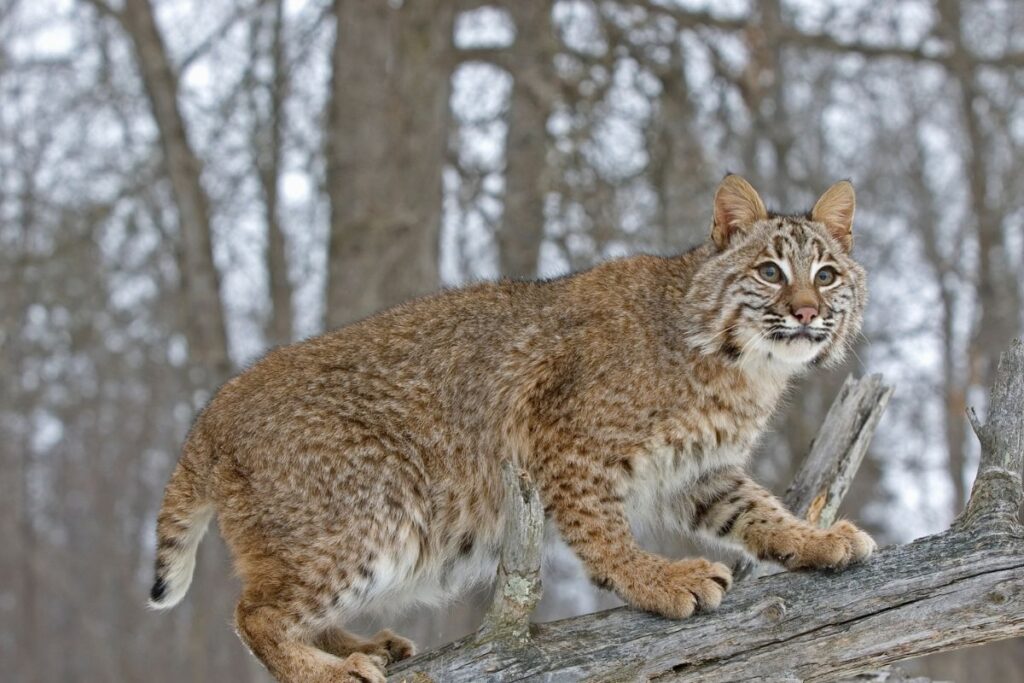
Exotic pets might seem exciting, but they are fundamentally different from domesticated animals. While cats and dogs have adapted to living alongside humans for thousands of years, wild animals like bobcats have not. Keeping them in a home environment is stressful for the animal and potentially dangerous for the owner.
The Rise of Exotic Pet Ownership
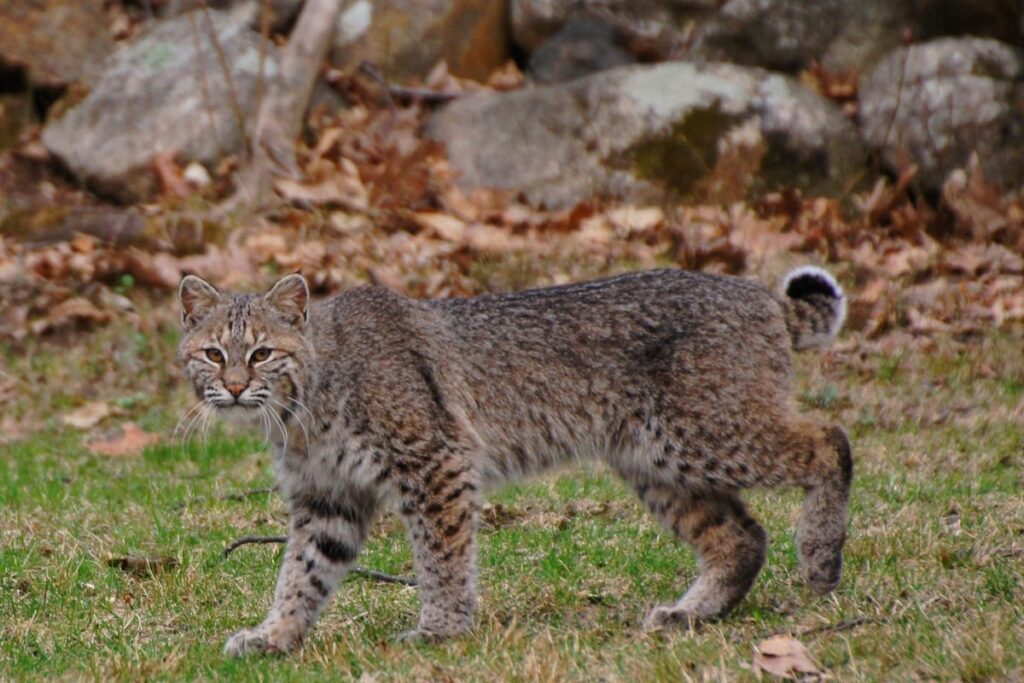
Social media has fueled an interest in owning unusual pets. Cute videos showing bobcats acting like house cats are misleading. These animals are often in rehabilitation or rescue centers and cannot be released back into the wild. Adopting such pets for attention or entertainment can lead to tragic outcomes.
Natural Behavior vs. Domestic Expectations

Domestic pets have been bred to interact safely with humans. Bobcats, however, retain their wild instincts. An accidental run-in with a domestic cat may cause it to run away, but a bobcat might react aggressively. They perceive everyday interactions differently, posing a constant risk of harm.
The Illusion of Tameness

Some people argue that bobcats raised from a young age can adapt to domestic life. However, even hand-raised bobcats are unpredictable. They may show affection at times but can suddenly revert to wild behaviors, creating a dangerous environment.
The Role of Domestication
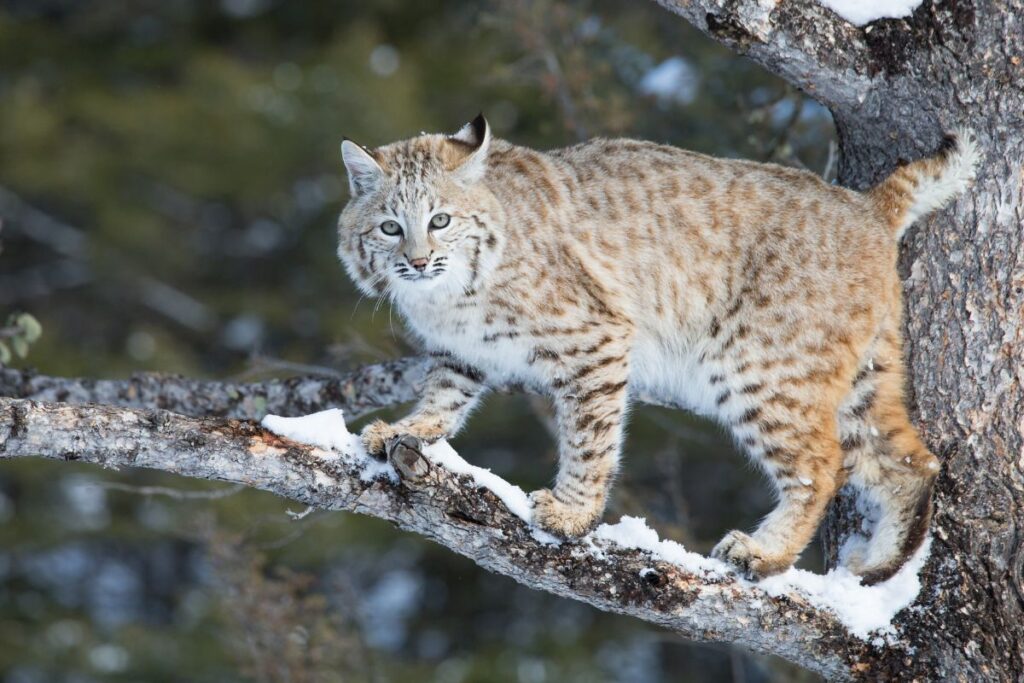
Domesticated animals have been selectively bred for traits that make them compatible with humans. Bobcats, even after generations in captivity, remain wild. Unlike hybrids like Savannah cats, bobcats lack any domestic lineage and cannot be fully tamed.
Safety Concerns

Bobcats are equipped with sharp claws and teeth capable of serious injury. Even minor provocations, such as protecting food or feeling cornered, can trigger aggressive responses. This risk is amplified in households with children who may not understand how to interact safely with such animals.
Risks to Children
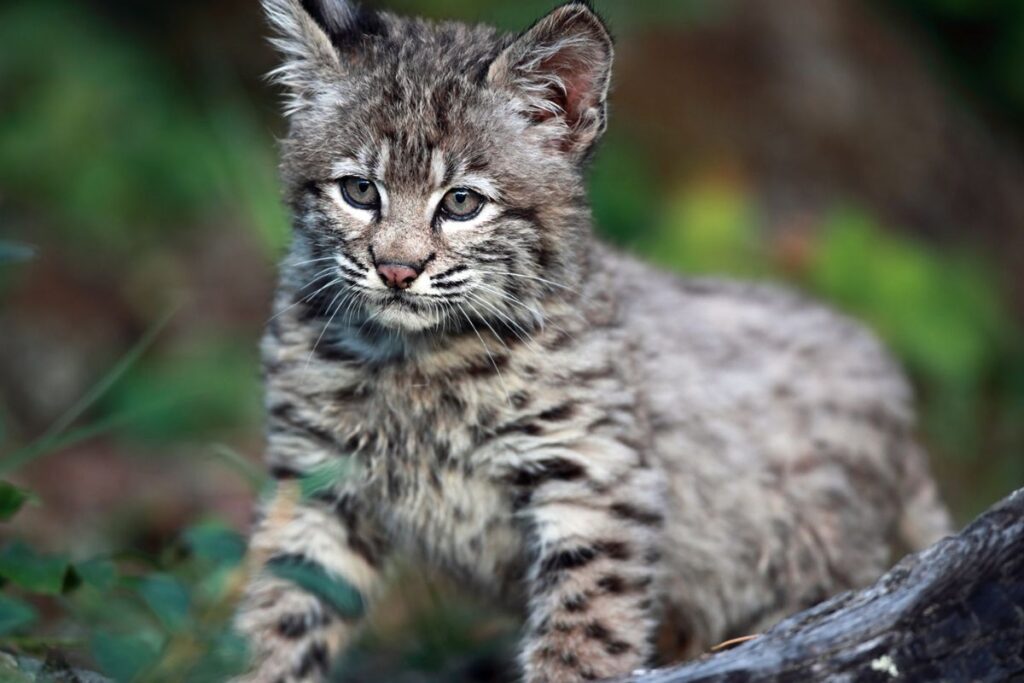
Children are especially vulnerable to wild animal attacks. Their natural curiosity and unpredictability can provoke defensive reactions from a bobcat. What might be harmless behavior around a domestic pet could lead to severe consequences with a wild animal.
Legal Restrictions
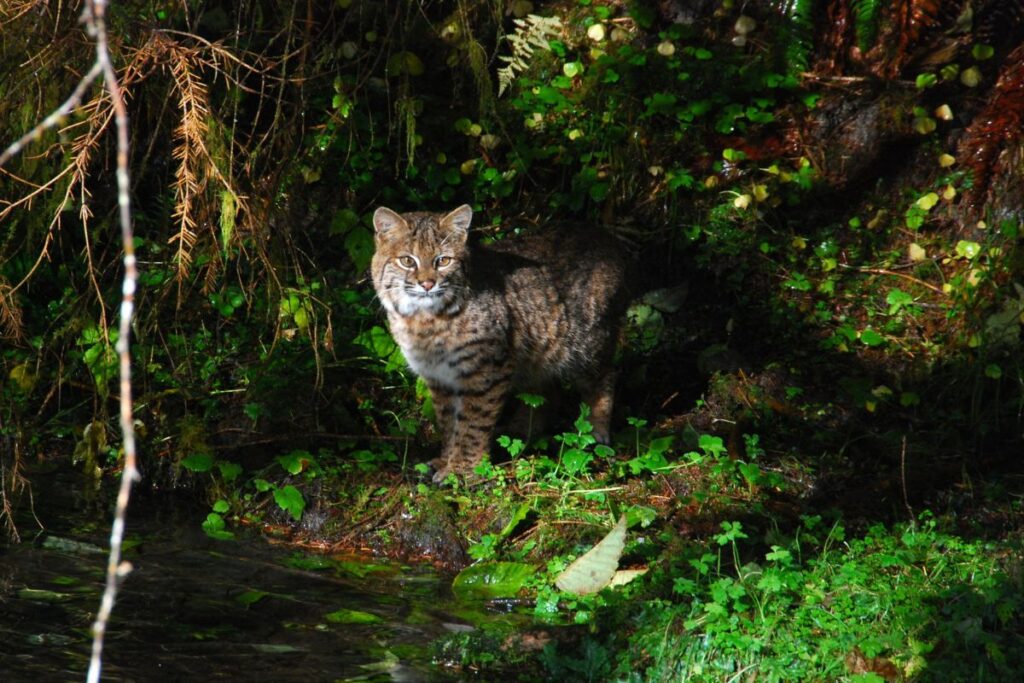
Many states have strict laws regulating the ownership of wild animals. In some places, keeping a bobcat as a pet is outright illegal, while others require special permits. Violating these laws can result in hefty fines, legal action, and the seizure or euthanization of the animal.
Complex Licensing Requirements
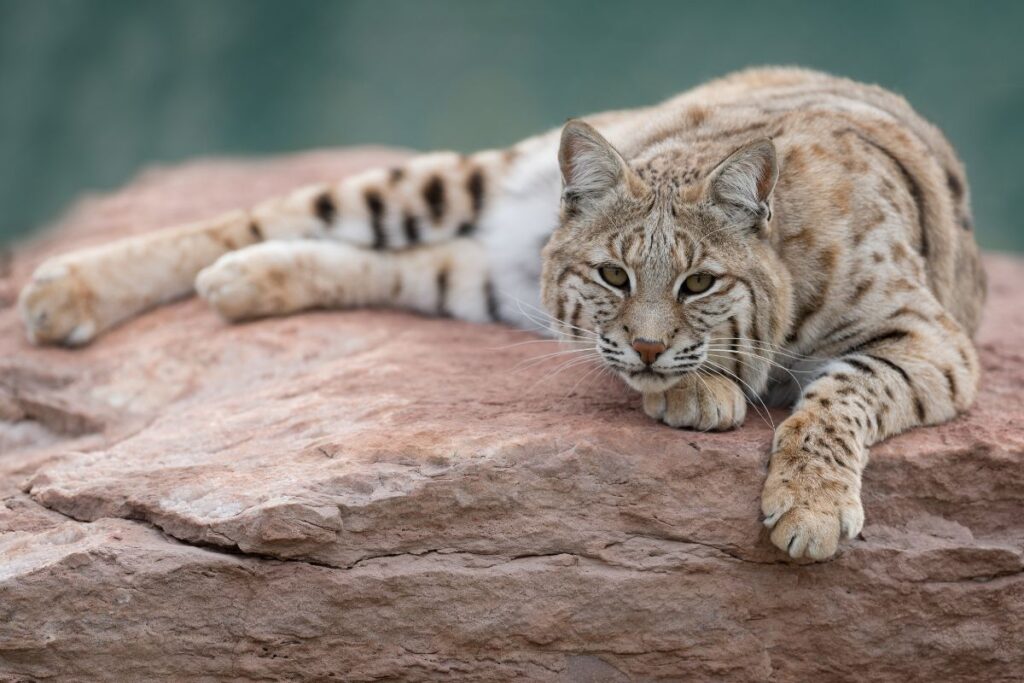
States that allow exotic pet ownership often impose stringent requirements. These include obtaining special licenses, demonstrating proper housing, and meeting safety standards. Compliance is complex and expensive, discouraging most potential owners.
Ethical Considerations

Confining a wild animal like a bobcat to a domestic setting is ethically questionable. It deprives them of their natural habitat and behaviors, causing unnecessary stress. Respecting their wild nature means allowing them to live freely in their natural environment.
Bobcats in the Wild

In their natural habitats, bobcats are elusive and avoid human contact. Spotting one in the wild is rare without specific expertise. Forcing them into domestic life contradicts their natural behaviors and instincts, leading to a diminished quality of life.
The Consequences of Failure

Many wild animals kept as pets eventually become unmanageable. Releasing them into the wild is rarely an option since they lack the survival skills of wild-raised animals. Rescues and rehabilitation centers often become their final refuge, burdened by the consequences of ill-advised ownership.
Final Verdict: Leave Bobcats in the Wild
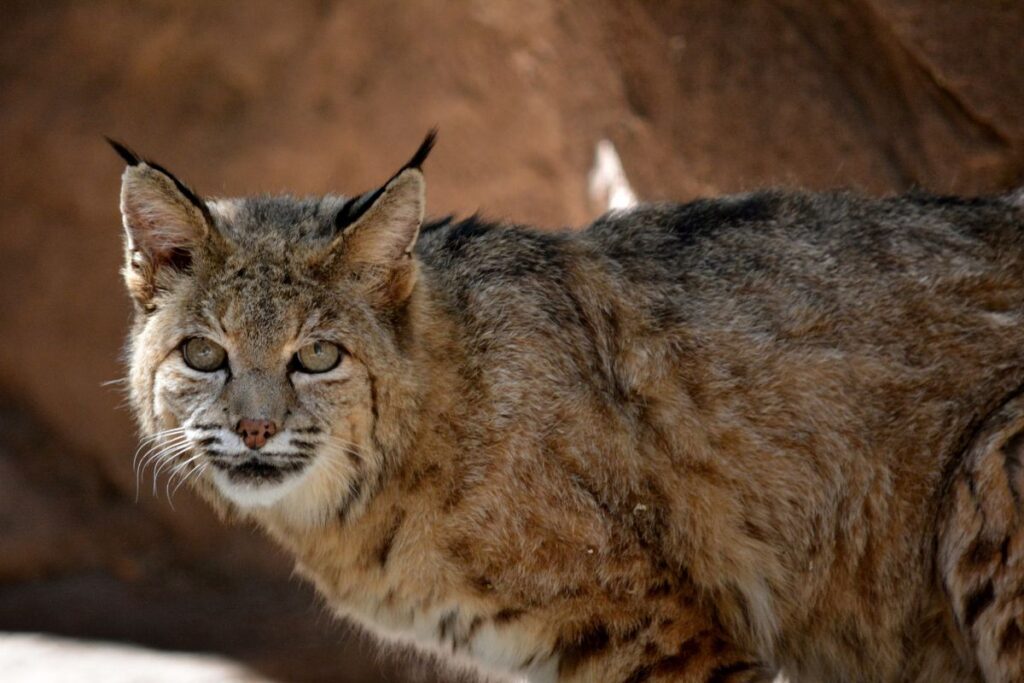
Bobcats may look adorable, but they are not pets. Their unpredictable nature and natural instincts pose risks to humans and themselves. The best way to respect these majestic animals is to let them live in the wild, where they belong.
Stay connected with us for more stories like this! Follow us to get the latest updates or hit the Follow button at the top of this article, and let us know what you think by leaving your feedback below. We’d love to hear from you!







